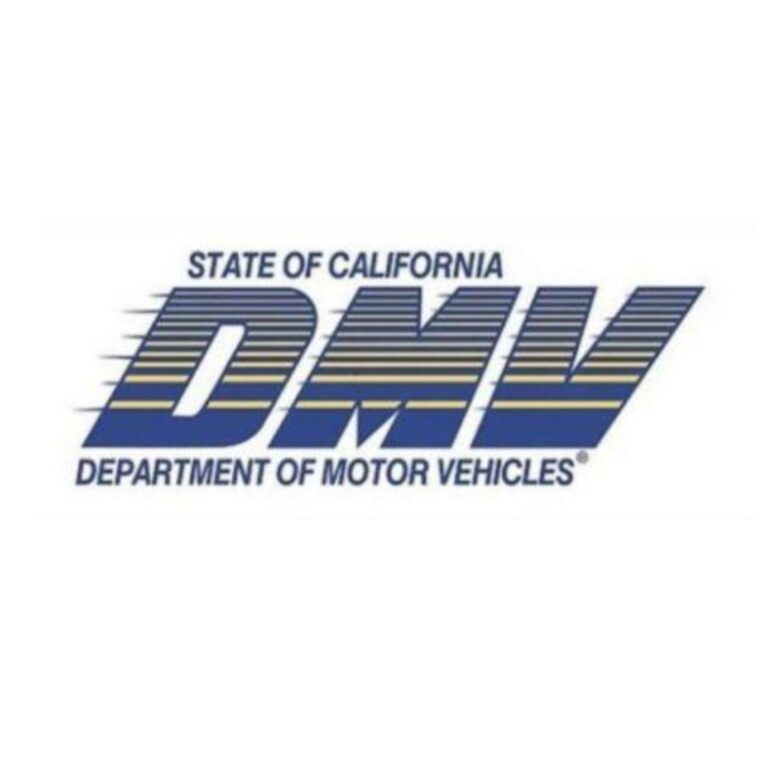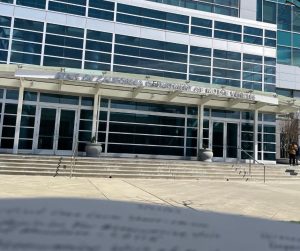Subpoena California DMV Records
At some point in life, you may need to subpoena DMV records in California. Whether you are dealing with a personal injury case, a lawsuit, or other legal issues, obtaining DMV records can be crucial to the success of your case. In this guide, we will explain the steps you need to take to subpoena DMV records in California, and how to ensure that you obtain the information you need.
Step 1: Determine Whether You Need DMV Records
Before you start the process of subpoenaing DMV records in California, it’s important to determine whether you actually need them. DMV records contain sensitive information, so you can’t just request them for any reason. According to California law, DMV records can only be released for certain purposes, including:
- A pending court case
- An administrative hearing
- An investigation by a government agency
- Research by a government agency
- Use by a licensed private investigator
- Insurance purposes
- Employment purposes
If your reason for requesting DMV records falls under one of these categories, you can move on to the next step.
Step 2: Complete the Necessary Forms
To subpoena DMV records in California, you will need to complete the necessary forms. The specific forms you need will depend on the type of case you are involved in. For example, if you are involved in a personal injury case, you will need to complete form INF 1125. If you are involved in a criminal case, you will need to complete form DL 503.
You can find the necessary forms on the California DMV website or at your local DMV office. Be sure to fill out the forms completely and accurately, and provide all of the required information. If you are not sure which forms to use, you may want to consult with an attorney.

Step 3: File the Forms with the Court
Once you have completed the necessary forms, you will need to file them with the court. You can file the forms in person at the courthouse or by mail. Be sure to include any filing fees that are required.
After you file the forms, the court will issue a subpoena. The subpoena will include the date, time, and location of the hearing, as well as any other relevant information.
Step 4: Serve the Subpoena
Once you have the subpoena, you will need to serve it on the DMV. California law requires that you serve the subpoena in person or by certified mail. You cannot serve the subpoena yourself – it must be served by someone who is at least 18 years old and not a party to the case.
When you serve the subpoena, you will need to provide proof of service to the court. This can be done by completing a proof of service form and filing it with the court.
Step 5: Obtain the DMV Records
After you have served the subpoena, the DMV will provide you with the records you requested. It’s important to review the records carefully to ensure that they contain the information you need. If you find that the records are incomplete or inaccurate, you may need to subpoena additional records or request corrections.
Conclusion
Subpoenaing DMV records in California can be a complicated process, but it’s an important step in many legal cases. By following these steps and working with an attorney if necessary, you can ensure that you obtain the information you need to support your case.
Need To Serve Subpoena To California DMV

Unveiling the Best Private Investigator in Sacramento: Your Trustworthy Ally in Unraveling Mysteries
Are you intrigued by the world of mystery and investigations? Do you find yourself craving the excitement of solving puzzles and uncovering hidden truths? Well,

How Do I Subpoena DMV Records In CA
The California Department of Motor Vehicles Legal Affairs Division is located at Third Floor, 2415 First Avenue, Sacramento, CA 95818. DMV Legal Affairs Division accepts

Hire the Best Sacramento Process Server Company for Serving California DMV Legal Affairs Division
DMV Subpoena and Lawsuit Serving Processes Introduction Welcome to Lance Casey & Associates, the leading Sacramento process server company that excels in serving legal documents

How to Subpoena DMV Records in California: A Comprehensive Guide
Subpoena California DMV Records At some point in life, you may need to subpoena DMV records in California. Whether you are dealing with a personal

Subpoena California DMV Records: What You Need to Know
Subpoena California DMV Records: What You Need to Know Introduction: Subpoenaing California DMV records can be a crucial step in many legal proceedings. These records

Everything You Need to Know About DMV Subpoena and Lawsuit Serving Processes: Hire a Sacramento Process Server
Everything You Need to Know About DMV Subpoena and Lawsuit Serving Processes: Hire a Sacramento Process Server Introduction: If you are involved in a legal